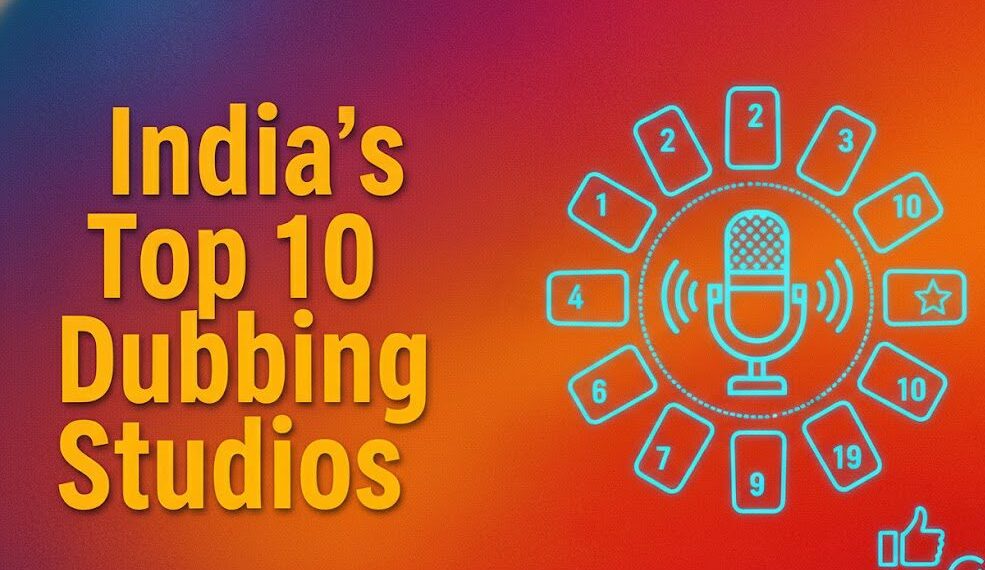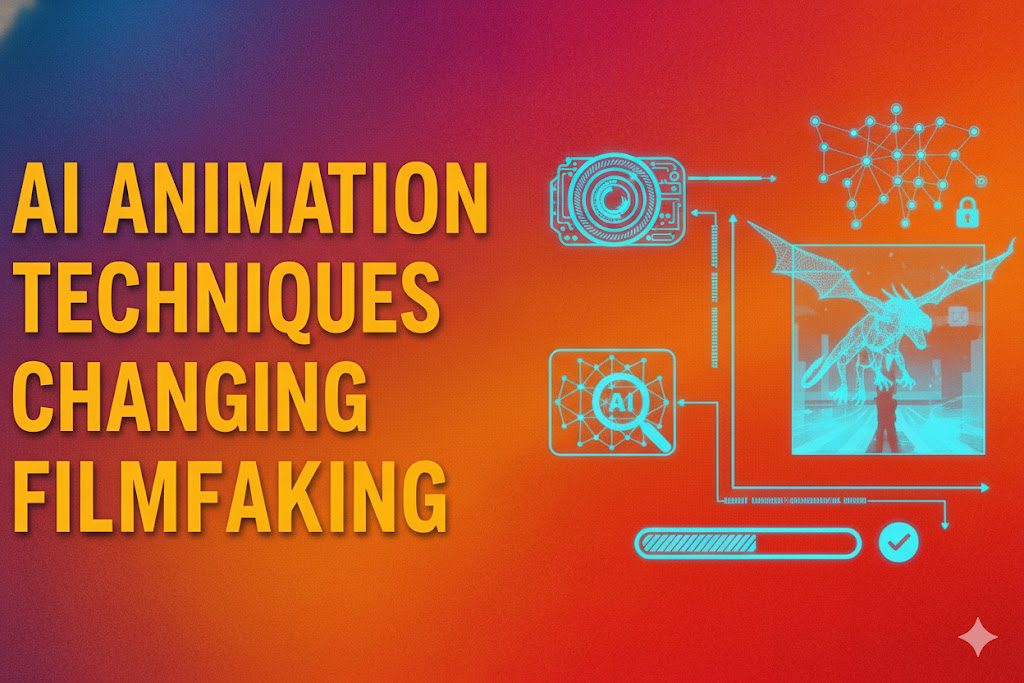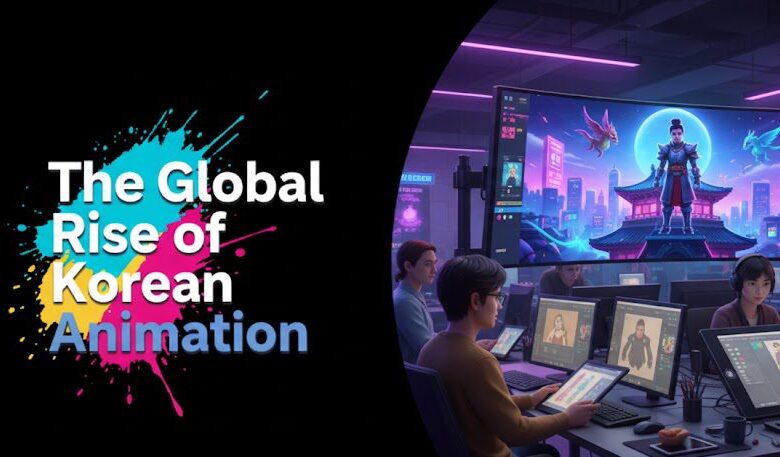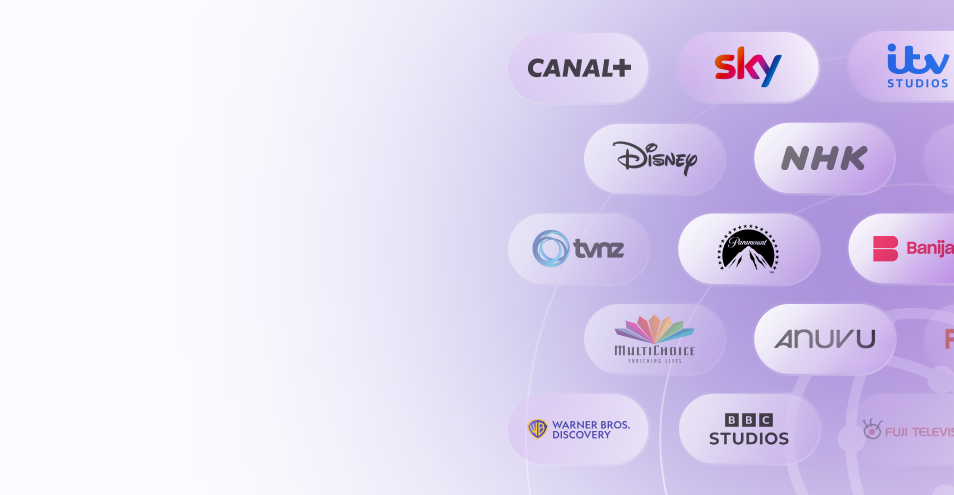Introduction
A “platform-ready” series is one that arrives at a commissioning team’s desk not just with a great concept, but with a clear understanding of the target platform’s audience, technical specifications, and strategic content goals.
It demonstrates that the creators have done their homework and present a project that can seamlessly integrate into the platform’s existing ecosystem and resonate with its subscribers.
Understanding the Platform’s DNA 🧬
The first step in creating a “platform-ready” series is to deeply understand the platform you’re pitching to. Commissioning teams aren’t just looking for good stories; they’re looking for good stories for their specific audience and brand.
This means researching their existing content library – what genres are they excelling in? What age groups or demographics do they cater to most effectively?
Are they known for high-budget dramas, quirky comedies, unscripted reality, or insightful documentaries?
A platform like Netflix, for instance, has a vast global audience and often seeks broad appeal with strong genre hooks and binge-watchability.
1 HBO, on the other hand, might prioritize prestige dramas with complex characters and nuanced storytelling. Disney+ will be focused on family-friendly content, often leveraging established IPs.
2 Your series concept should align with these inherent characteristics. Don’t just pitch a show you love; pitch a show they’ll love because it fits their strategic needs. This also means understanding their tone and brand identity.
Is the platform edgy, comforting, thought-provoking, or escapist? Your series should naturally complement this overall brand.
Technical & Production Preparedness 🎬
Beyond the creative, “platform-ready” also means being prepared on the production side.
Commissioning teams need confidence that your series can be produced efficiently and to their specifications. This includes a clear understanding of budgetary parameters.
While you won’t need a locked budget at the initial pitch, demonstrating an awareness of the typical budget ranges for similar content on that platform is crucial. Overly ambitious projects that clearly exceed their financial comfort zone are often dead on arrival.
Furthermore, consider production timelines. Can you deliver the series within a reasonable timeframe that aligns with their release schedules?
Having a realistic production plan, even if rudimentary, shows professionalism. Think about delivery specifications: Are you aware of their preferred aspect ratios, audio mixes, or VFX requirements?
While these are often detailed in contracts later, an early indication that you’ve considered these aspects suggests a proactive and knowledgeable team. A platform-ready series also implies a solid production team – key personnel with relevant experience who can actually execute the vision.
Highlighting your team’s track record and capabilities provides essential reassurance to commissioning executives.
Audience Engagement & Data Insights 📈
Commissioning teams, especially at data-driven platforms, are increasingly looking at audience engagement potential.
This goes beyond just “who is the target audience?” to “how will this series keep them watching?” Consider binge-ability – are there natural cliffhangers?
Does the narrative structure lend itself to continuous viewing? Think about social media buzz – does your concept have elements that are inherently shareable or discussion-worthy?
Leveraging data, even anecdotally, can strengthen your pitch. If you can point to the success of similar content (on their platform or others) that validates your concept’s appeal, you’re speaking their language.
Platforms are investing heavily in content, and they want to see a clear path to subscriber acquisition and retention. Your pitch should implicitly or explicitly address how your series contributes to these goals.
For instance, a series targeting an underserved niche might be appealing for subscriber acquisition, while a broad-appeal show could be crucial for retention.
Ultimately, a “platform-ready” series isn’t just a good show; it’s a strategically aligned, technically feasible, and audience-engaging piece of content that seamlessly fits into a platform’s overarching business model.




































